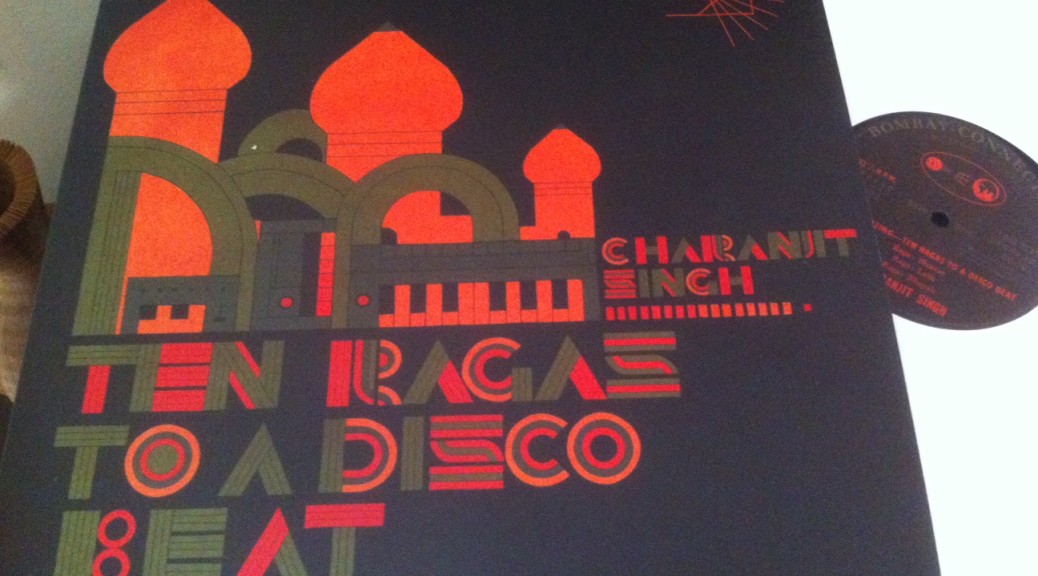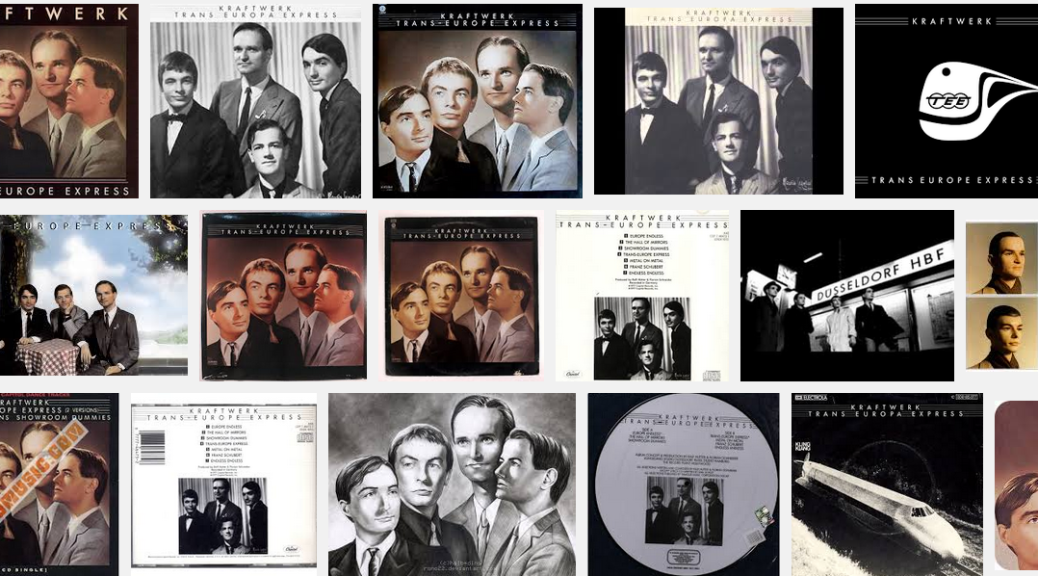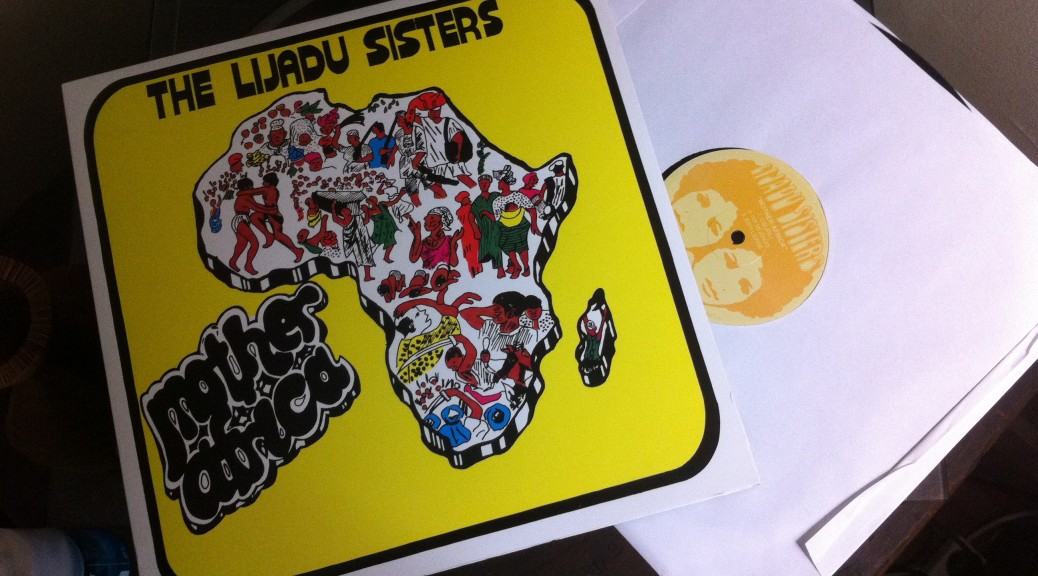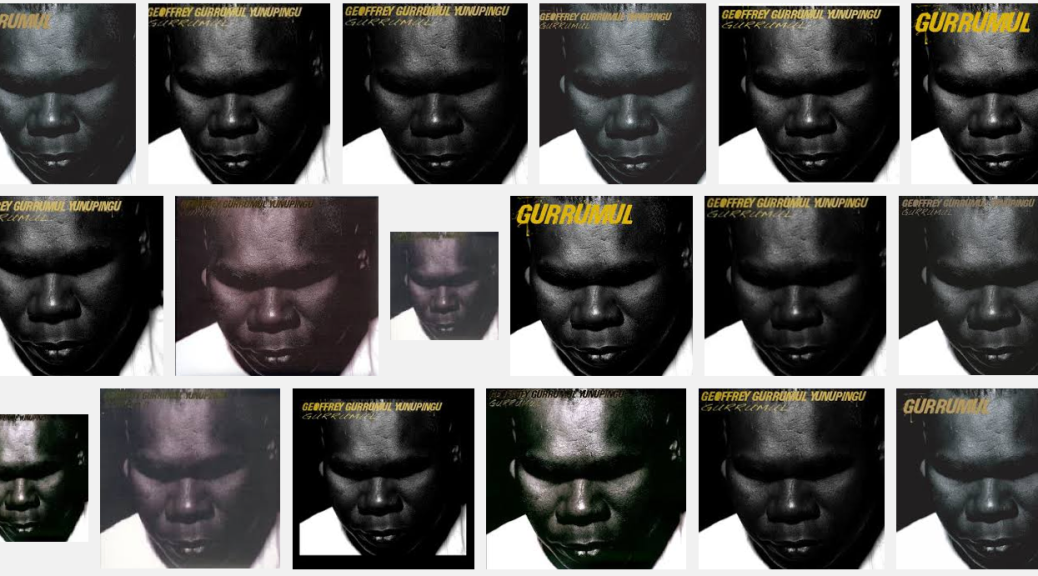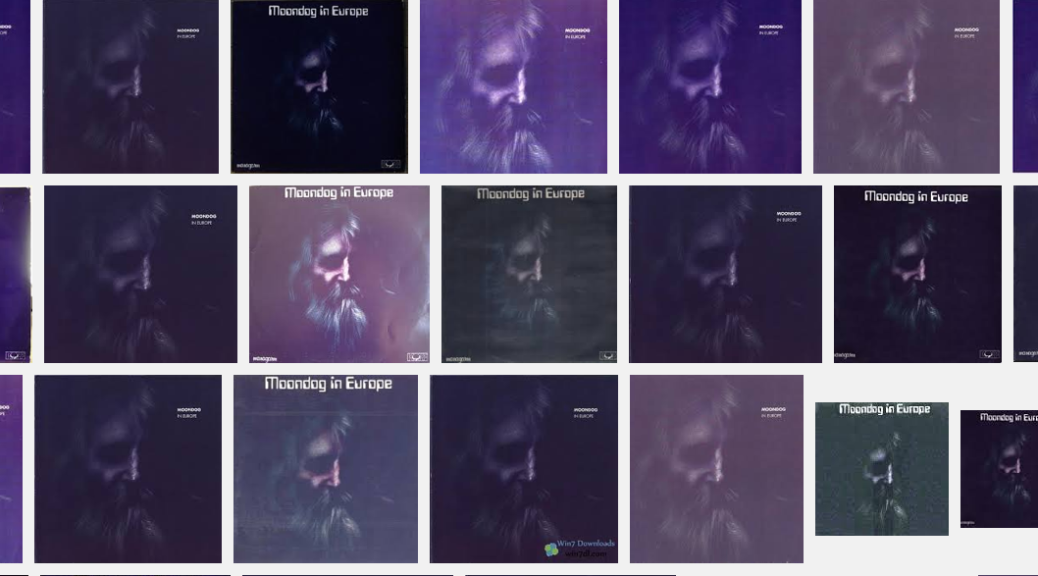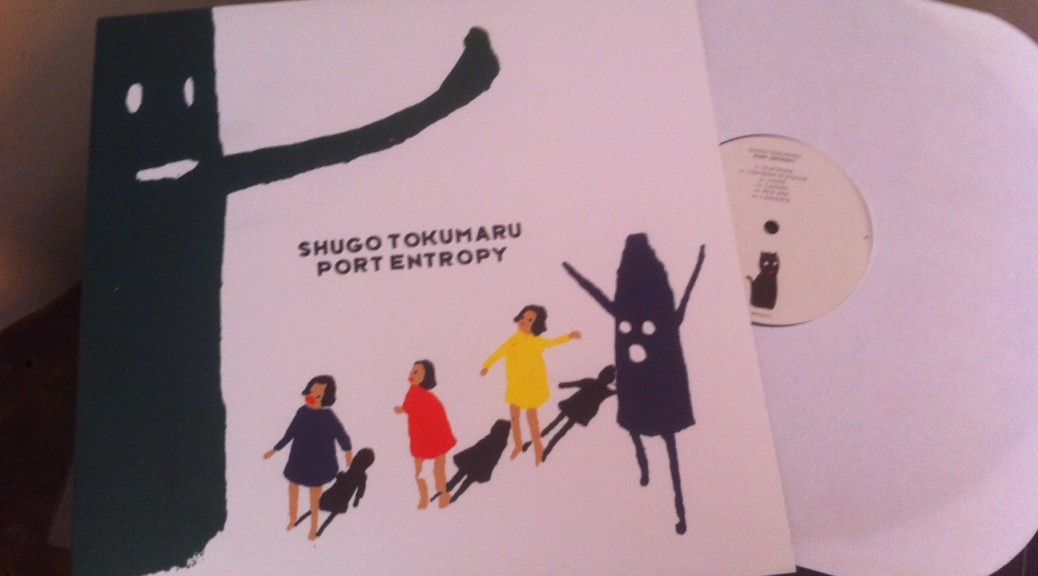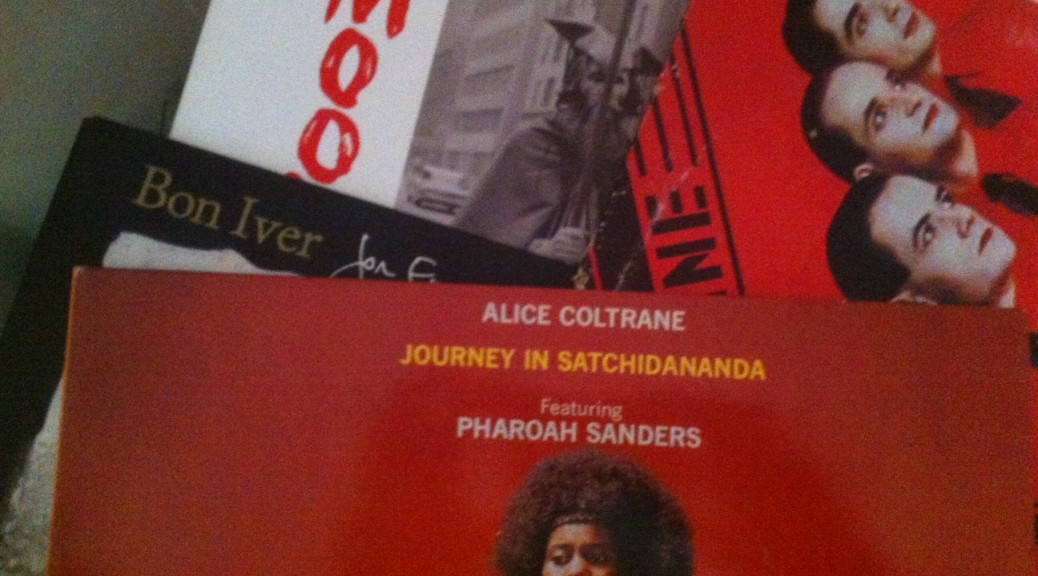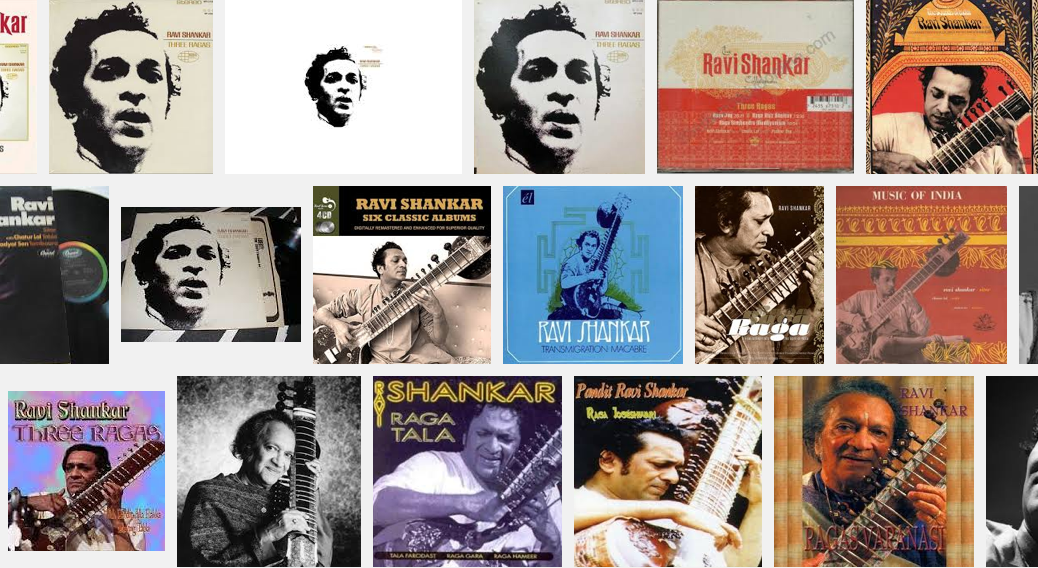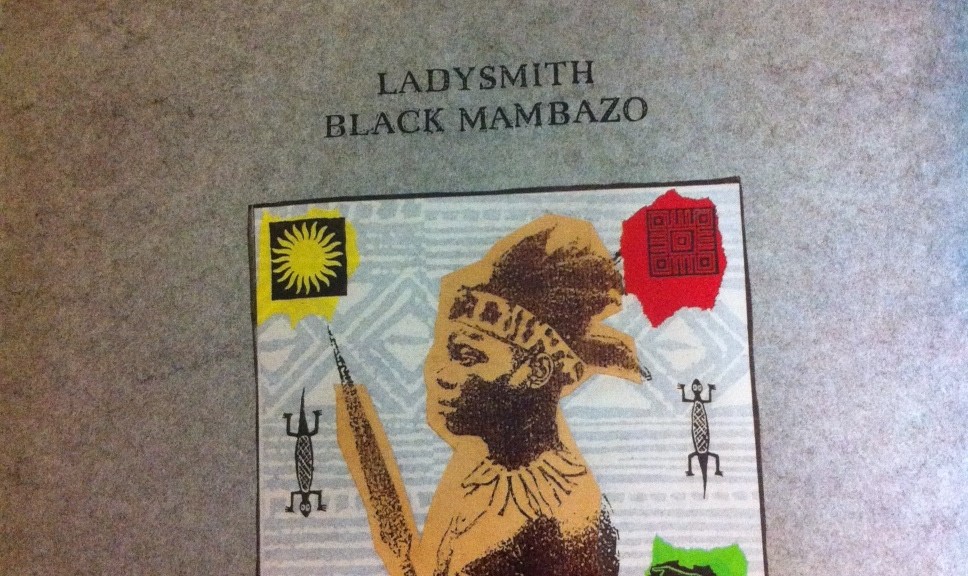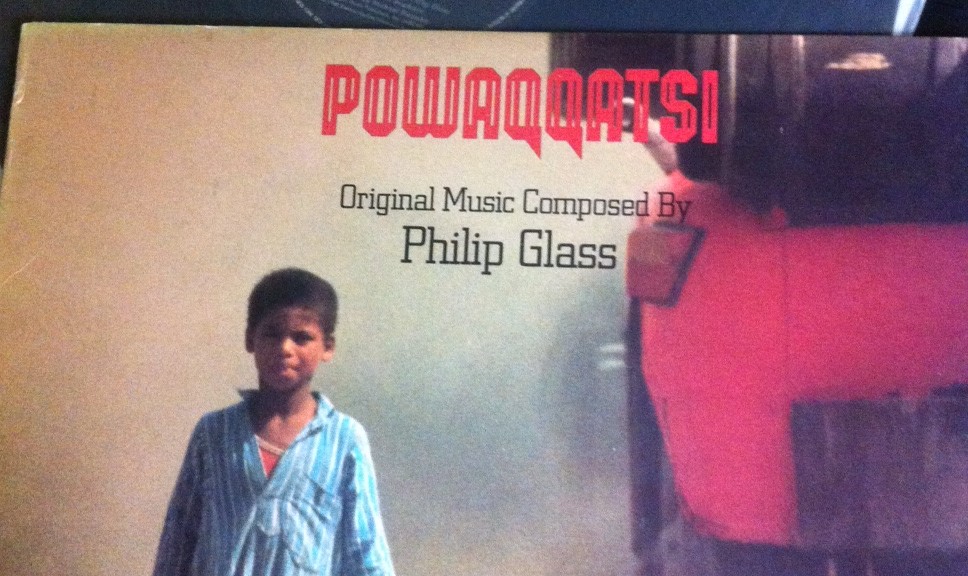Charanjit Singh – Ten Ragas to a disco beat
Disco and ancient indian music. A strange mix that’s not for everyone, but perfect for others. With a late eighties disco electronica sound it’s been called early acid house trance before it’s time. Well, it wasn’t very successful at the time, but it has been rediscovered by a later generation.
The story goes session muso Charanjit Singh thought he’d do something a bit different. He mixes traditional Ragas with a disco beat, and the results are a trippy, trancey, disco pop eastern masterpiece, with all the hallmarks of the technology of the time.
Released
1982, re-released in 2002 and 2010
Lyrics
All instrumental with just a smidge of vocoder vocals.
Mood
Upbeat electronica, with endless Raga grooves. Put this on your mixtape and you’ll definitely spin out your friends.
Good to work to
This album has a frenetic pace and is designed to either send you mad or kick you into a higher gear. For me I love it. It works like a charm for getting my fingers skimming over the keyboard,
Like
Amongst the music I’ve written about you might think it shares most in common with Ravi Shankar’s, Three Ragas album, but I’m not so sure. It has elements of trance and electronica. I wouldn’t really compare it to any of the electronica on this site, it’s got to much of an eastern feel. If you like this you might find Kraftwerk and Lemon Jelly too bland.
For me this album has more in common with Miles Davis’s Bitches Brew than any of the albums on this site. The music has the same power to melt your head and completely go through you. With that said it takes me to another place where the worries of the day can’t touch me and I’m free in my head to put words down.
The Artist/s
Charanjit Singh was a session muso on Bollywood films and albums from the sixties through the eighties. This album first came out on cassette which was cutting edge in 1982.
Other works
You can try Experiments in Calypso his later record. I haven’t been able to find it so good luck with that. I could affiliate this with other world music, but I’m not sure it fits.
Where Can I buy it, and in what formats
You can get this album on iTunes. I found the vinyl but expect to pay a premium if you want to get it on vinyl.
The Verdict
I love this, very trippy.
